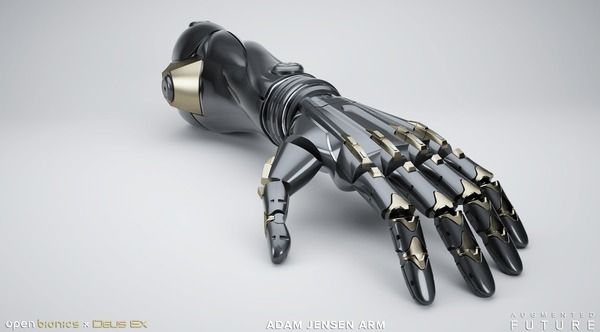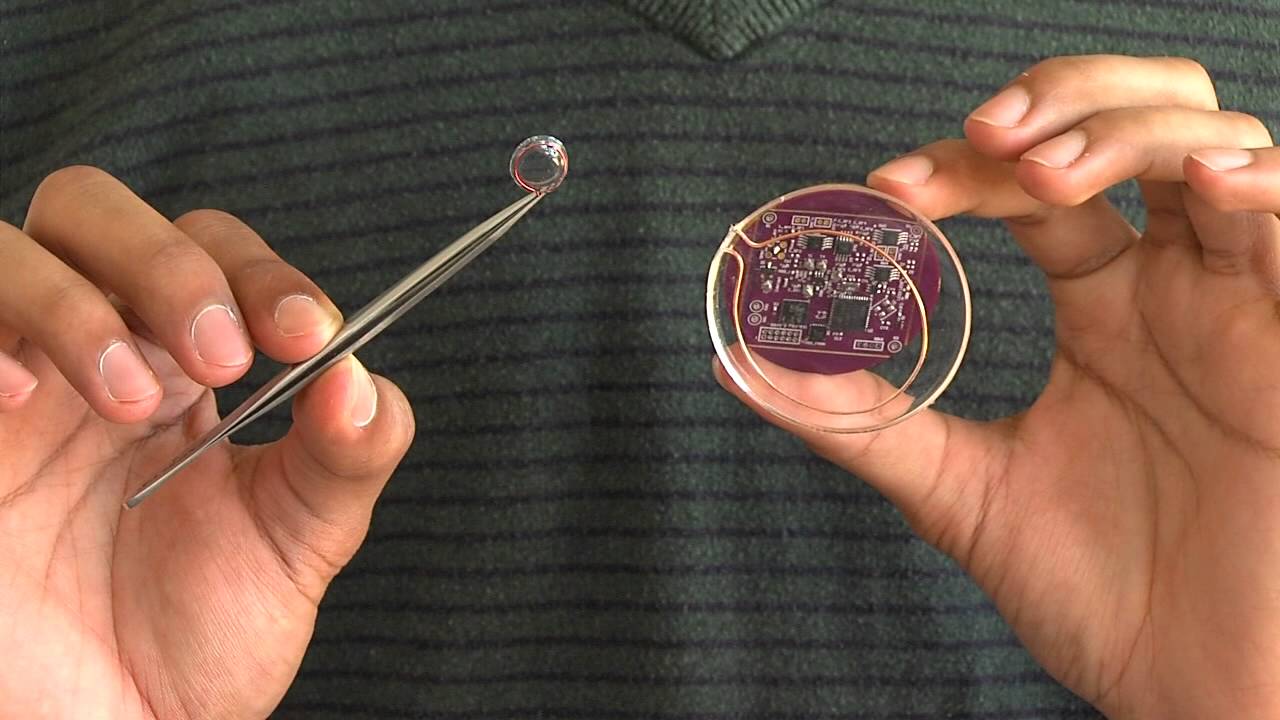Page 10966
Aug 19, 2016
Restoring the Classic BMW 507 Racecar of Elvis Presley Using 3D Printing Technology
Posted by Karen Hurst in categories: 3D printing, transportation
BMW is a German car manufacturer that has decided to make use of 3D printing technology in order to restore the BMW 507 racecar of Elvis Presley. Through additive manufacturing technology, they were able to reconstruct the window winders of the car as well as its door handles.
For sure, Elvis never anticipated that his racecar which he purchased in 1958 will be restored after 60 years with the help of a 3D printer. Jack Castor owned the vehicle and was purchased by BMW Group Classic 2 years ago and kept it in the pumpkin factory.

Aug 19, 2016
QUESS and Quantum Communications
Posted by Karen Hurst in categories: cybercrime/malcode, encryption, government, internet, quantum physics, space
Excellent write up on QUESS; and yesterday we saw that the first set of code was transmitted successfully which means so far success. However, many are asking when will the US respond about our own efforts around our own efforts of a Quantum satellite and our own progress around improving the net infrastructure to ensure we’re not a sitting duck for government backed hackers. Granted we have been operating for many years a version of a Quantum Internet at Los Alamos; however, we need to expand and accelerate the efforts around the Quantum Internet restructuring.
In mid August China launched “QUESS” (Quantum Experiments at Space Scale), a new type of satellite that it hopes will be capable of “quantum communications” which is supposed to be hack-proof, through the use of “quantum entanglement”. This allows the operator to ensure that no one else is listening to your communications by reliably distributing keys that are then used for encryption in order to be absolutely sure that there is no one in the middle intercepting that information.
According the Chinese scientists involved in the project, quantum encryption is secure against any kind of computing power because information encoded in a quantum particle is destroyed as soon as it is measured. (According to Tibor Molnar a scientist at the University of Sydney), the only way to ‘observe’ a photon is to have it interact with (a) an electron, or (b) an electromagnetic field. Either of these interactions will cause the photon to “decohere” – i.e., interfere with it in a way that will be apparent to the intended recipient.
Aug 19, 2016
Focus: Giant Molecule Made from Two Atoms
Posted by Karen Hurst in categories: computing, particle physics, quantum physics
Experiments confirm the existence of 1-micrometer-sized molecules made of two cesium atoms by showing that their binding energies agree with predictions.
Strongly bound diatomic molecules such as H2H2or O2O2 are less than a nanometer across. Surprisingly, scientists have been able to create two-atom molecules more than a thousand times larger by using exotic atoms that attract one another only very weakly. Now, a pair of physicists have calculated what makes these “macrodimers” stable, and they have verified their predictions by creating micrometer-sized molecules containing two cesium atoms. The macrodimers could have applications in quantum computing.
Aug 19, 2016
Augmented Reality Or Augmented Humanity?
Posted by Zoltan Istvan in categories: augmented reality, entertainment

A write-up from Popular Science on the bioethics conference I was a part of recently and the corresponding 2-min highlight video. It was truly a fascinating event, inspired by Deus Ex! http://www.popsci.com/augmented-reality-or-augmented-humanity And here’s the video: http://www.dailymotion.com/video/x4p7uld_human-by-design-conference-recap_tech
With the release of the new video game, Deus Ex: Mankind Divided, Human By Design holds a conference to discuss the future of human augmentation.
Aug 19, 2016
The Military Is Genetically Modifying Bacteria to Make Even Tinier Computers
Posted by Dan Kummer in categories: computing, genetics, military
Geobacter is so common that junior-high students use it in science fairs, but it could also wire the military’s future nanoelectronics.
Aug 19, 2016
Driverless Cars Joining Uber Fleet
Posted by Dan Kummer in categories: robotics/AI, transportation
Aug 19, 2016
‘Interscatter communication’ could help your brain implant talk to your iPhone
Posted by Klaus Baldauf in categories: energy, internet, mobile phones, neuroscience, wearables

Researchers have created a way of letting next-gen wearables and implants communicate with the outside world using 10,000x less power than regular Wi-Fi.
Aug 19, 2016
Could Proxima Centauri Be Our Interstellar Getaway?
Posted by Klaus Baldauf in category: space travel
Aug 19, 2016
Airbus reveals ambitious plan for autonomous flying taxis
Posted by Klaus Baldauf in categories: drones, robotics/AI
If a self-flying taxi scheme didn’t come from the world’s second largest aeronautical company, we might think it was a prank. However, Airbus appears to be serious about its “Vahana” project, aimed at creating an autonomous passenger drone network, and thinks testing can begin as early as 2017. That sounds ambitious, to say the least, but “many of the technologies needed, such as batteries, motors and avionics are most the way there,” according to Airbus engineer Rodin Lyasoff.
Users arriving at, say, an airport would book a seat on a so-called zenHop “CityAirbus” drone, then proceed to a “zenHub” helipad, according to the concept. They’d be flown to their destination for about the same cost as a taxi, since the ride would be shared by several passengers. Luggage would be delivered by another service (zenLuggage, of course), and the whole thing would be safeguarded from hackers by (wait for it) zenCyber.

Continue reading “Airbus reveals ambitious plan for autonomous flying taxis” »
















